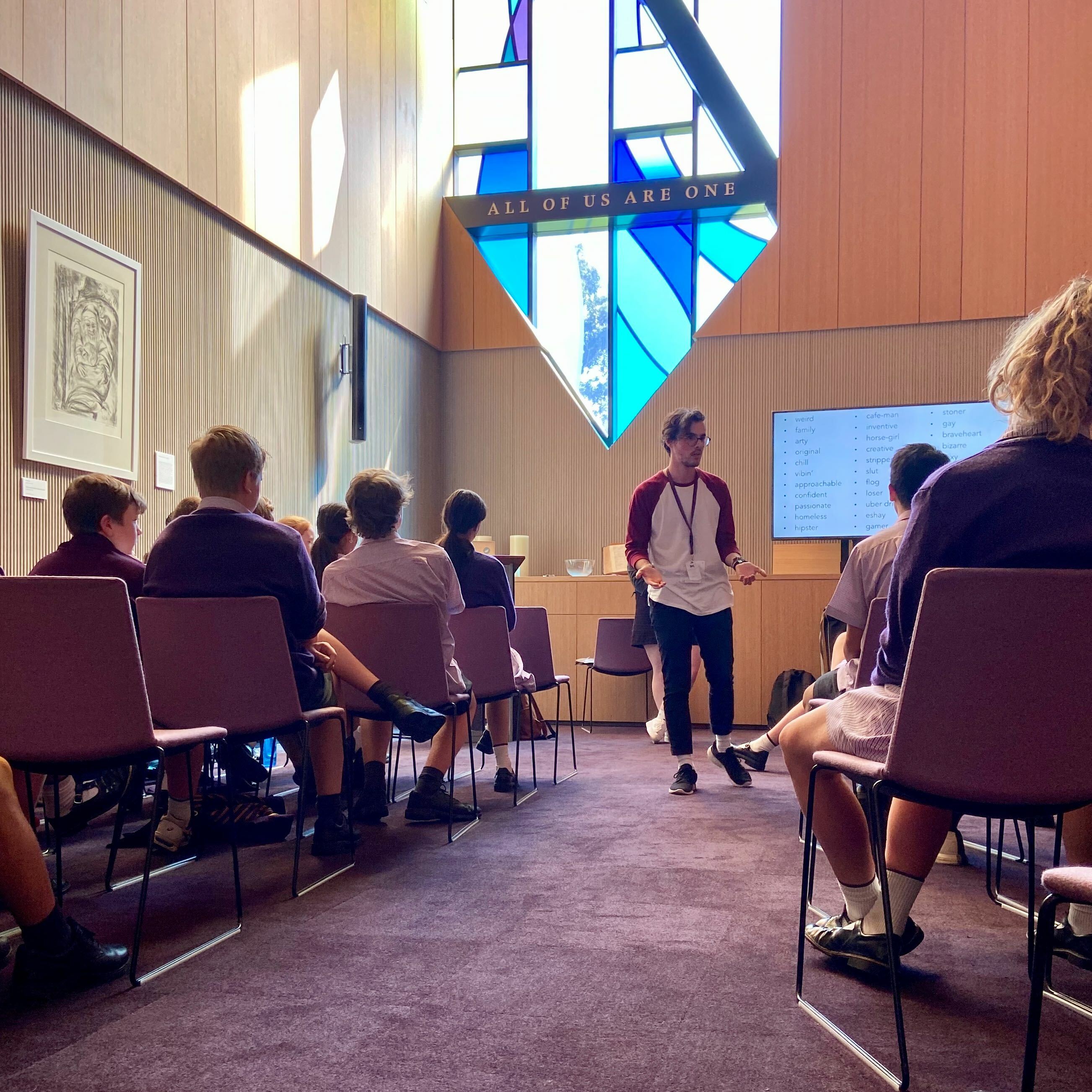
Is your school experiencing the challenges of a reactive culture?
It’s not always easy to be one or the other, but this year we’ve been able to see the differences in the cohorts we work with depending on them being part of a positive wellbeing culture, or a reactive one.
In one of our latest blogs we discuss “ The Mid-Year Slump ” – an increase of students experiencing mental health and interpersonal issues in Term 3 and the impact this has on cohorts.
We’ve been working with schools across the country, supporting both students and teachers to ensure students have the best tools to navigate this time, but the fact that this spike seemed to land earlier this year is concerning.
So we want to talk about something #controversial: what it looks like when a school is proactive versus reactive when it comes to student wellbeing.
Proactive versus Reactive
There are many reasons why your school might not be able to have a holistic approach to wellbeing. Budgets and curriculum space tend to be the top two we hear about, but we wanted to share some thoughts on what we see long-term for schools who invest in a holistic approach to wellbeing and anti-bullying action.
Three markers of a school who have invested in a holistic approach to wellbeing:
- A stronger student and cohort connection
- Higher empathy between students and across year levels
- Reduced interpersonal issues online and in the classroom
“Schools should be a place where people can speak about and learn about their wellbeing”
In the 2022 paper, Australian Youth Perspectives of Mental Health Literacy and Action in Schools , Australian students were interviewed about their wellbeing knowledge and the role schools play in growing that knowledge. “Schools are a place of support and resources…it’s an easily accessible place to learn about wellbeing and where we can put that knowledge to use in supporting our peers” a 17 year old student shared.
We know shifting this culture takes time and resources – something many schools and teachers do not have the luxury of, but there are some things you can do to begin moving your school towards a thriving wellbeing culture.
Here are our tips for growing a proactive wellbeing culture:
Hot Tip 1: Ask your students
This one can be overlooked as the first step, but the impact of including your students in planning their wellbeing culture will empower them to take positive action and feel included. It will also give you crucial insight into what resources will best suit where they’re at and what sort of action needs to be taken. This can be done in an anonymous survey across year levels or as an open class discussion guided by a teacher.
Some questions you might ask:
- What do they want their wellbeing culture to feel like?
- Where do they see gaps in their current wellbeing education?
- Are there particular areas they need more support in?
- How can your school support them right now?
Hot Tip 2: Keep the messaging going
We don’t want to only emphasise wellbeing on set wellbeing awareness days (i.e RUOK Day or Mental Health Awareness Week). We love celebrating these moments and they’re important in raising awareness, but when schools do not sustain the conversation beyond these days, it can feel like there’s a lot of resources and discussion, then suddenly no additional support to keep the conversation going.
Ways you can keep the positive messaging going:
- Work with the other teachers in your year level to coordinate shared resources for students that are shared throughout the year
- Dedicate regular class time for discussion about student wellbeing
- Engage external providers to shake up the conversation and provide the most up-to-date resources
Hot Tip 3: Do the research and build the relationships
Collaborating with an external provider is a great way to support your students throughout the year and continue their wellbeing and anti-bullying learning. External providers can be both a great circuit breaker for students in shaking up class dynamics and their messaging land in a different way, particularly if they use a peer-to-peer and strengths-based approach.
Finding the right external provider can feel pretty overwhelming – especially if you’re already planning for Term 4 or 2023. We’ve put together an a checklist to make it easier:
Download our wellbeing program checklist.
Term 4 and beyond
If you feel like your school falls more into being reactive on wellbeing issues, it’s okay! As we said, it can take time to turn the ship towards proactive, but each step is a way to proactively move towards the inclusive, holistic wellbeing culture you want for your school.
There’s no better time to take that step, and if PROJECT ROCKIT can assist you in creating a culture where young people take positive action against bullying and navigate an online world, empowered to use their power for good, we would love to connect with you.